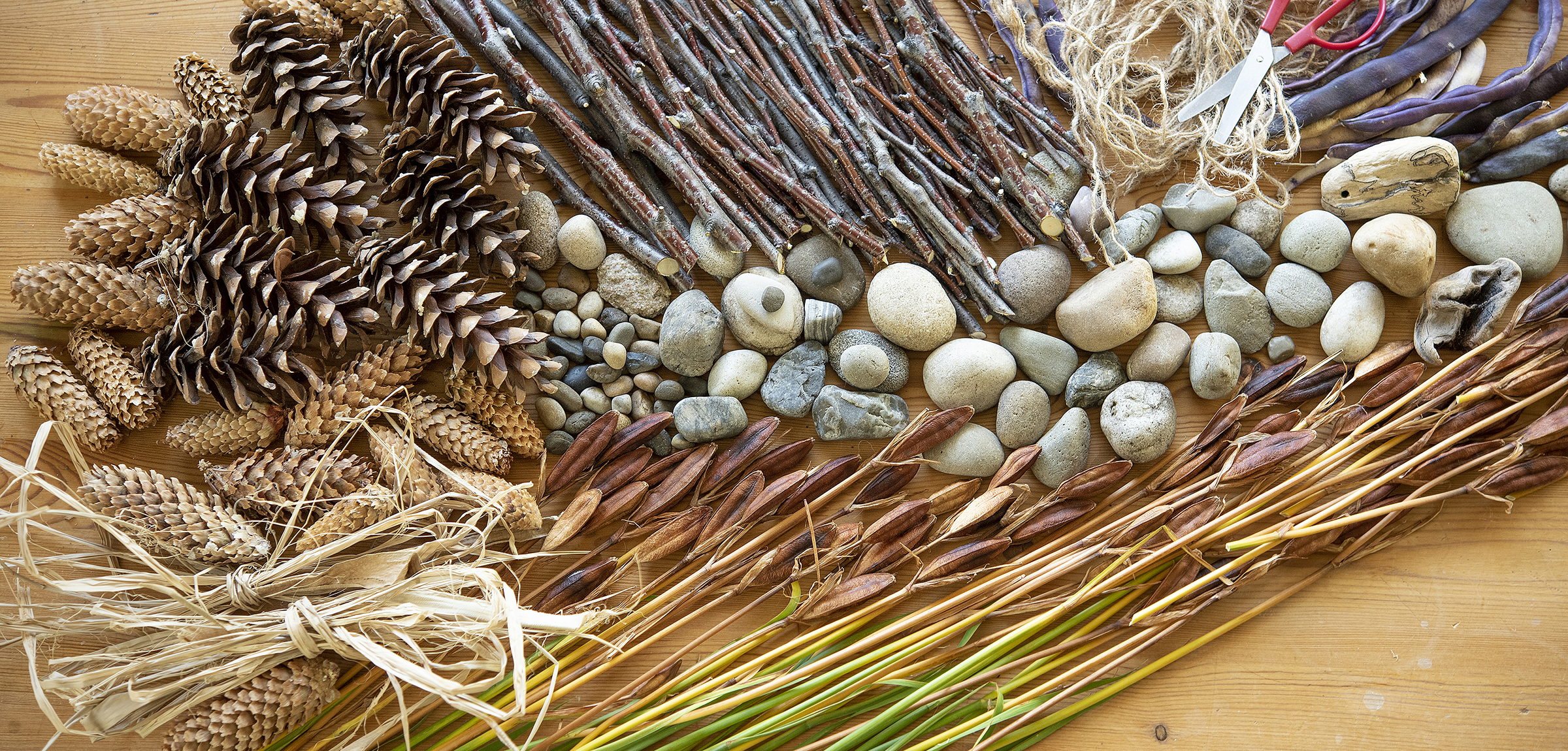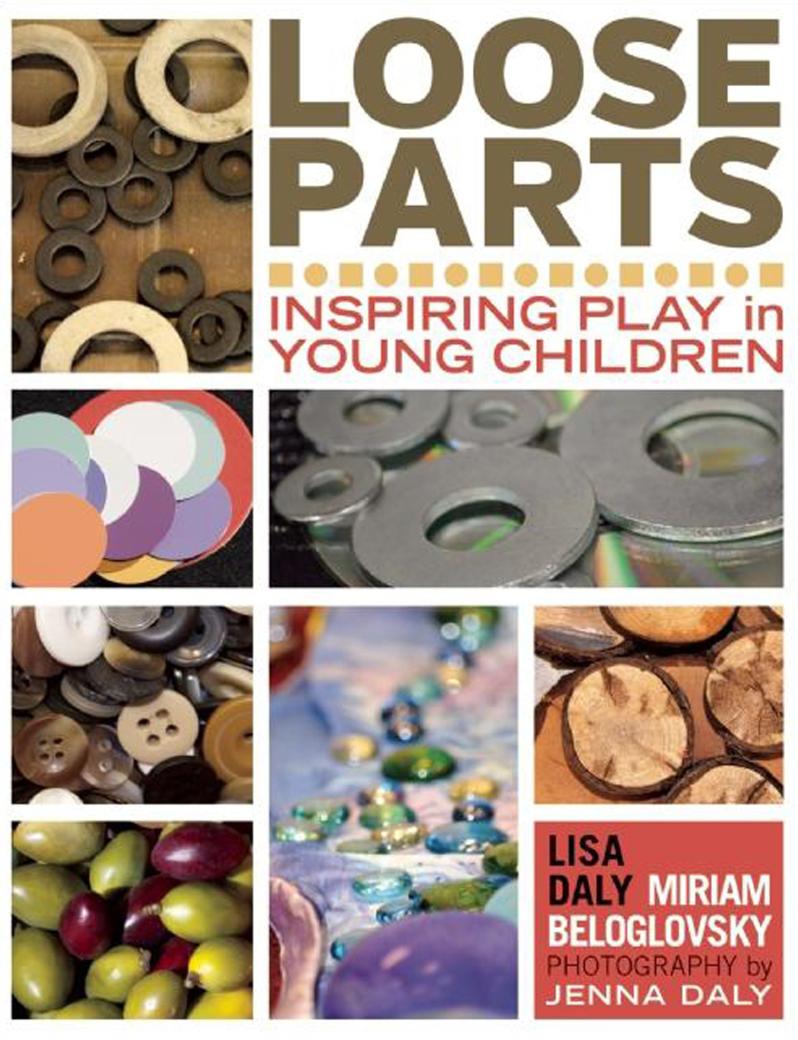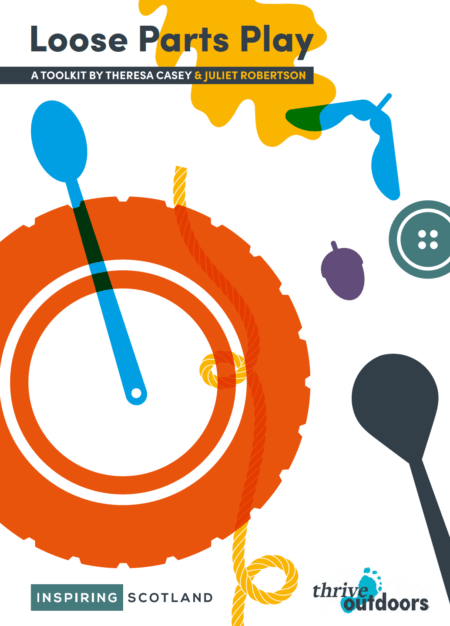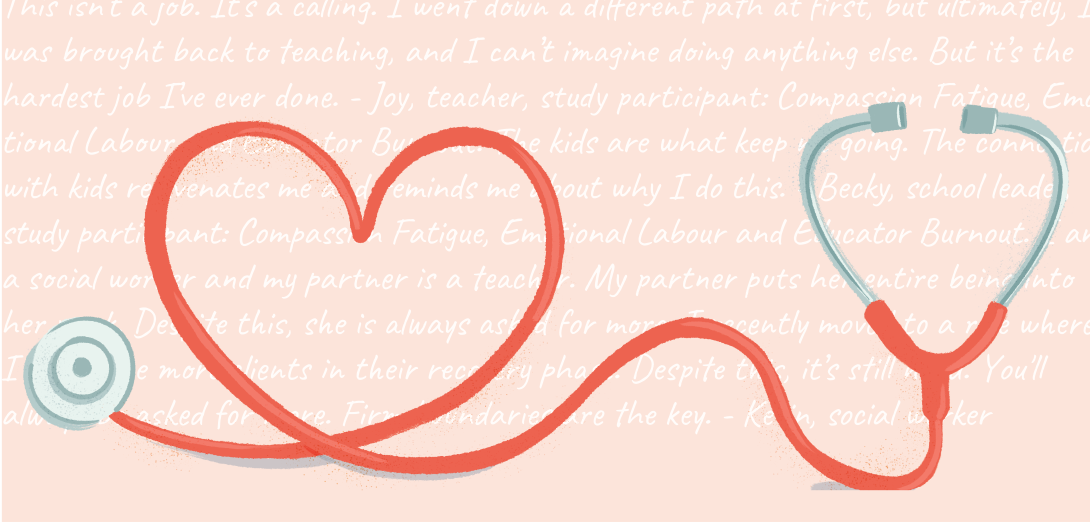Quick! What technologies do you use to engage your students? Are you thinking about high-tech digital tools and software, or did some “old school” analog devices (whiteboards, thermometers and film cameras) come to mind?
Technology isn’t only about computerized or mechanical gizmos. From its etymological roots, tékhnē and lógos, technology can be defined more broadly as the “craft of making reason.” Through this lens, educational technologies include a wide array of materials that students can use to understand curricular concepts and the larger world, even natural materials like rocks and sticks.
Foster creativity with loose parts
“Loose parts” is a term coined by architect Simon Nicholson in 1971 to describe found objects and materials that children can gather, organize, stack, combine and repurpose in infinite ways. Unlike purpose-built educational technologies or toys, loose parts don’t come with sets of directions or assembly instructions. They afford imaginative play, on-the-spot engineering and almost unlimited creativity and learning. The same sticks, rope and scraps of fabric can be assembled into a sailboat, a castle, a treasure chest, a superhero costume, a kite and more!
In addition to creativity, research suggests that the use of loose parts can promote the development of problem solving, critical thinking and communication skills. Not only can loose parts be used during unstructured play, they can also be used in activities to explore curricular learning outcomes in multiple subjects at various grade levels.
Here are just a few ideas:
- Make artistic mobiles and sculptures using seasonal materials.
- Build shelters and habitats for small creatures that meet their needs.
- Try to construct the tallest tower, strongest bridge or most buoyant raft.
- Build model buildings that explore how sunlight and rainwater can be collected.
- Develop Flintstones-style machines using rocks and sticks as wheels, levers, pulleys and gears.
- Create shapes and structures that have specific perimeter, area and volume dimensions.
- Order rocks, pine cones and other materials in various ways (by volume and mass, by colour and texture) and make patterns with them.
- Make a diorama that captures the climax of a story.
- Learn to make splints and emergency shelters for backcountry adventures.
- Construct timekeeping devices like sundials and shadow clocks.
- Create puppets and characters to act out stories.
- Use natural materials such as brushes, stamps or collage materials.






